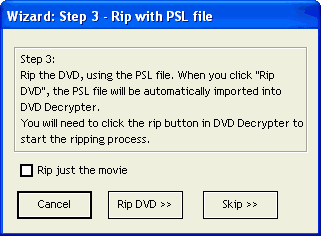

X265 is simply not better enough to worth the hassle to switch to that (and VP9 is IMO worse than x264 at that bitrate range). If AV1 can deliver similar quality at a significantly lower bitrate, i might switch to that, because i like to have the best possible quality at the lowest possible bitrate. Neither x265 nor VP9 are noticeably better (if at all) at that bitrate range. To be honest i'm still using x264, because at the crf 18-22 range it's still performing very well, while being lightning fast compared to the newer codecs. This got me curious, is that for private use? If so what is the use case for a encoder that slow? Cant be for storage space, bitrates were AV1 would be noticeably better in 720p than x265 would be so low that it would take you an lifetime to fill an 3TB drive at that speed :) That's why tons of broadcast/cable is still MPEG-2. But in many cases, fraught backwards compatibility is vastly better than none at all. One advantage of AV1 is that supporting chipsets will all be newer, so the backwards compatibility won't be as fraught. So many little implementation details like that need to get discovered and ironed out with every new codec. So if you use 6 refs at 320x240, and your max frame size is 1920x1080, you still need to carve out 6 1920x1080 frames. In theory it's obvious how it works, but in practice SO many little things will and do go wrong.Įven with mature codecs, you try to raise the reference frame count of a low bitrate stream (still staying under profile level minimum), and you realize that some mobile chipset's DRM implementation requires a boot-time memory carveout of max ref frames * max frame size. And some of those pipelines will require a decent quality 2160p60 low latency live encoder. So no one really even knows how suitable AV1 is as a technology, let alone how applicable current encoders are for it.īeyond quality perf, there's tons of integration effort along many end-to-end pipelines. There's a long path from "look, I can encode a little clip in two days that'll play in this pre-release web browser" to "this is good enough to replace the stuff I bet my business on already."Īnd 1080p and UHD are things, and the current AV1 are too slow to do enough encoding at those resolutions for tuning, and optimal tuning can be quite different at higher resolutions, particularly 2160p.

Given historical encoder development, I wouldn't expect AV1 encoders to be able to practically compete with HEVC encoders for large commercial mission-critical live/VOD applications before Q4 2019. I don't think that any of the encoders are in a usable state yet.Ĭertainly not for large scale content publishing.


 0 kommentar(er)
0 kommentar(er)
